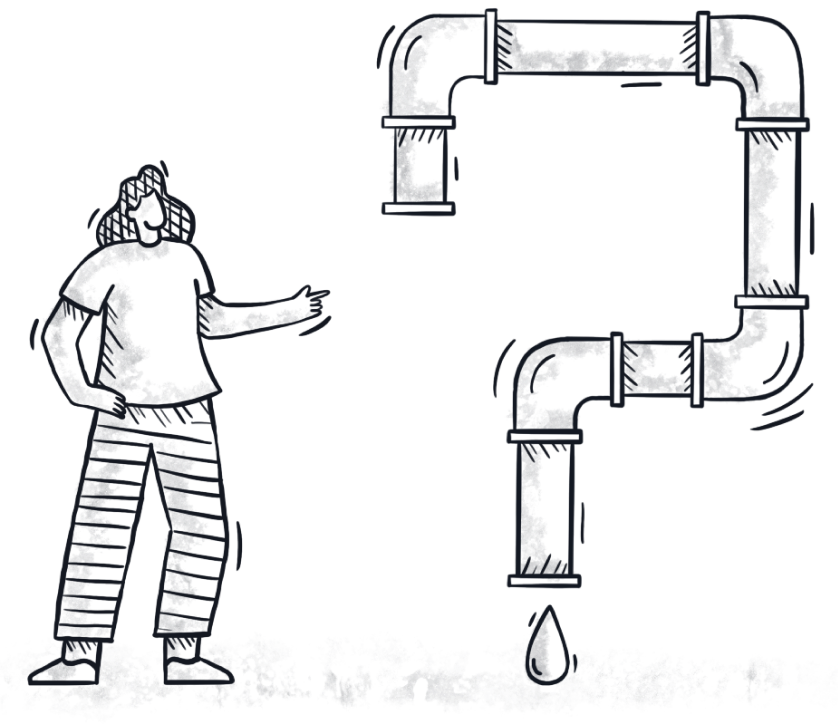Still have questions?
You could not find the information you were looking for? Please contact our helpdesk team of experts for direct and individual support.

You could not find the information you were looking for? Please contact our helpdesk team of experts for direct and individual support.
